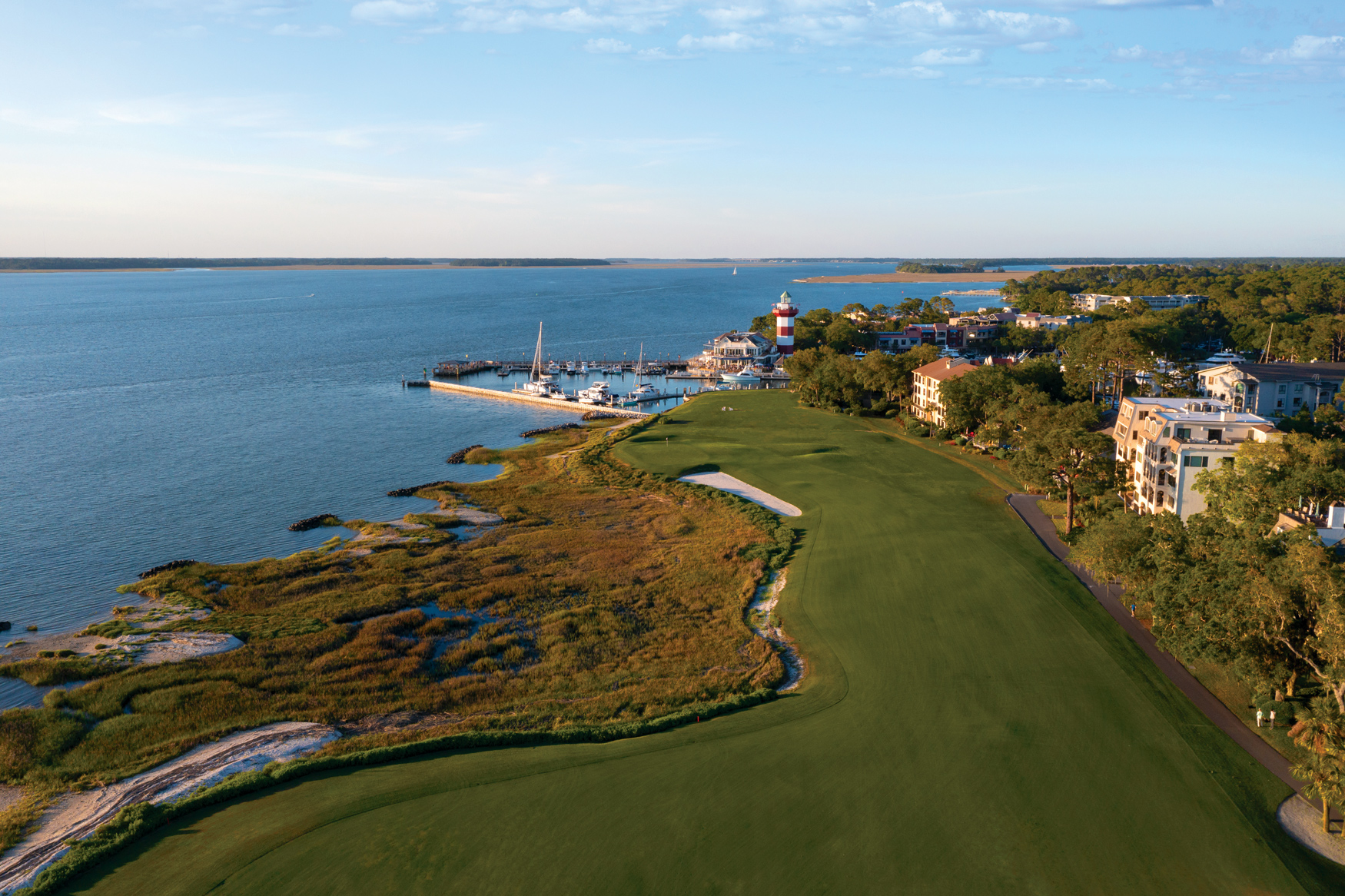
Most of us can picture that moment of spellbinding tension when Roger Federer tosses the ball into the air to serve with impossible grace at match point in the Men’s Final on Centre Court at Wimbledon. And many can imagine the scene outside on Henman Hill, where the throng wash down strawberries and cream with a pint of Pimms while watching the action on a big screen. But what about the remaining 50 weeks of the year, what is Wimbledon like then? We sent in Neil Squires, sports writer on the Daily Express newspaper, to go behind the ivy at the All England Club
Wimbledon in early spring. No Roger, no Serena, no ball boys trained like Navy Seals—just another tennis club in south west London going about its business.
Check that. There is nothing ordinary about the All England Club. It is an organisation so steeped in history you half expect its rules—of which there are many—to be spelled out with quill and parchment.
Set up in the 19th century as a croquet club, it held its first lawn tennis championship in 1877. The winner, Spencer Gore, predicted the whole thing would not catch on. He preferred cricket. He was wrong. The All England Club’s most recent championship drew an attendance of 473,169 and reached a cumulative television audience of 29.4m on ESPN in the States.
Wimbledon has spooled into a giant international sports event yet the core to its appeal centers on the tradition overseen hawkishly by the prestigious private members’ club which runs it.
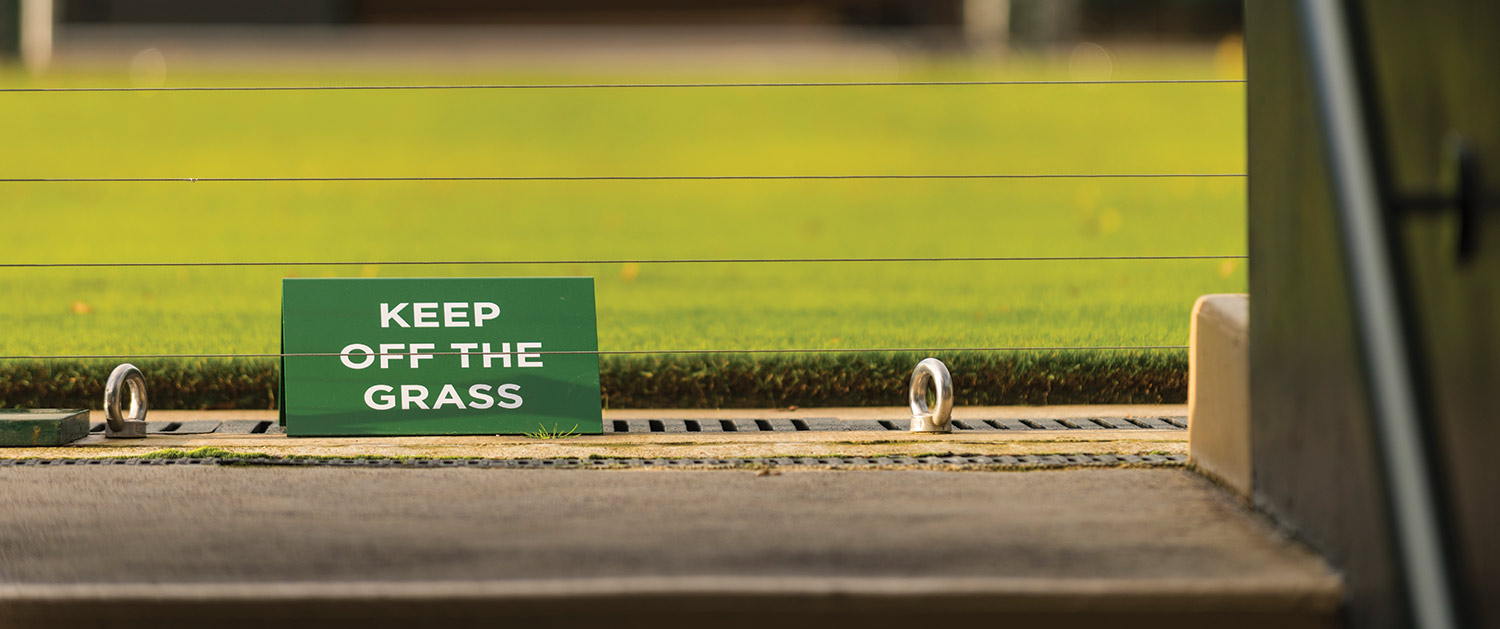
Your average tennis club this is not.
On the sort of grey February day which makes you wonder how on earth the Brits came to invent—or at least codify—an outdoor sport like tennis, this priceless plot of London suburbia is in ghostly, acoustic mode.
Henman Hill, crammed with 3,000 lively yet orderly people during Championship fortnight in July, is an empty green space and the 18 grass courts, stripped of their white markings, are just lawns. The lawns are surrounded by electric fences to deter urban foxes who use them as an open-air bathroom. Beside each grass quadrilateral the umpire’s chair has gone, to be replaced by a giant fan and heat lamps.
In May, the tramlines will be painted on and the grass trimmed to 8mm for the members to play but for the time being there are eight clay courts, two hard courts and the five courts inside Wimbledon’s indoor facility to make do with.
So how does one become a member of the All England Lawn Tennis and Croquet Club, to give the institution its full title?

The easiest method, the joke goes, is to win Wimbledon. That confers honorary status. To become one of the 375 full members any other way is the devil’s own job.
The cost is, on the surface, a snip at $110 but there are some things that money alone cannot buy. Like access. The waiting list is nine years long. And just to get on it takes some doing. It helps to live locally and to live locally in one of London’s most desirable postcodes you need plenty of money.
It also helps if you play tennis to a decent standard. Clear those hurdles and you will need to assemble four letters of recommendation from current members.
If everything is in order and you are deemed the right sort you will be invited to join the waiting list but as no-one resigns their membership, you are effectively waiting for someone to die. Even when someone heads for the great tennis court in the sky, the replacement is not necessarily drawn from the top of the list. There was a story a while ago of someone who has been waiting patiently on the list for 64 years.
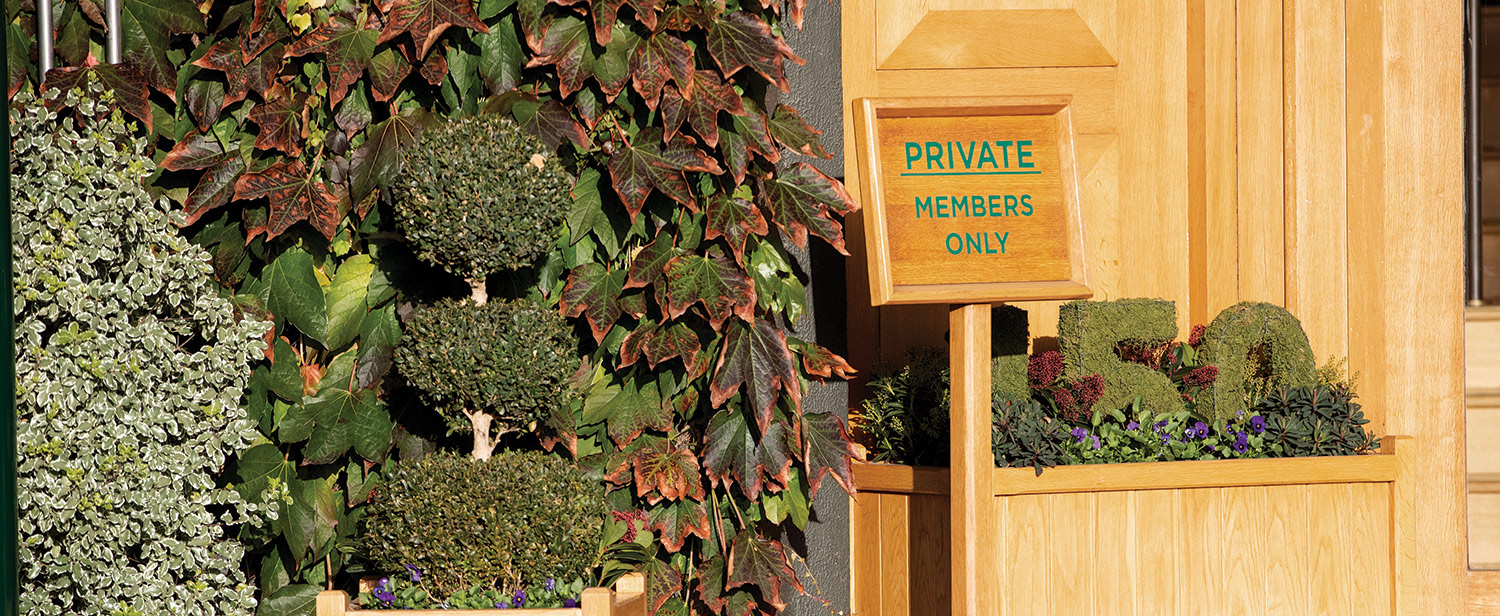
So say, miracle of miracles, you make it into the club and join the likes of the Duchess of Cambridge—the club’s patron—and Sir Cliff Richard, what does membership bring?
Well, besides an allocated Centre Court seat and the opportunity to buy extra tickets, it provides extraordinary tennis facilities. On top of the championship courts, there are 20 grass practice courts and with the recent purchase of the adjacent Wimbledon Park Golf Club, to bring the qualifying tournament in-house, there will be plenty more courts soon.
The grass courts are in use throughout the summer until the end of September although the show courts—Centre, 1, 2 and 3—always remain off limits to keep them in pristine condition. The exception comes just before the championships when members’ names are drawn out of a hat to test out Centre Court with a set of doubles.
That is Willy Wonker’s golden ticket.
Throughout the year, the members use the same locker rooms as the professionals. There are two sections to the ladies’ one—upstairs, reserved for the top 16 seeds and former champions during the Championships, is renowned as the most luxurious on the tennis circuit with marble baths, comfy sofas, silver trays and china crockery.
The men’s is slightly less grand but more practical with its wood-panelled locker fronts that fold down to make tables. The showers, by all accounts, possess the power to cause concussion.
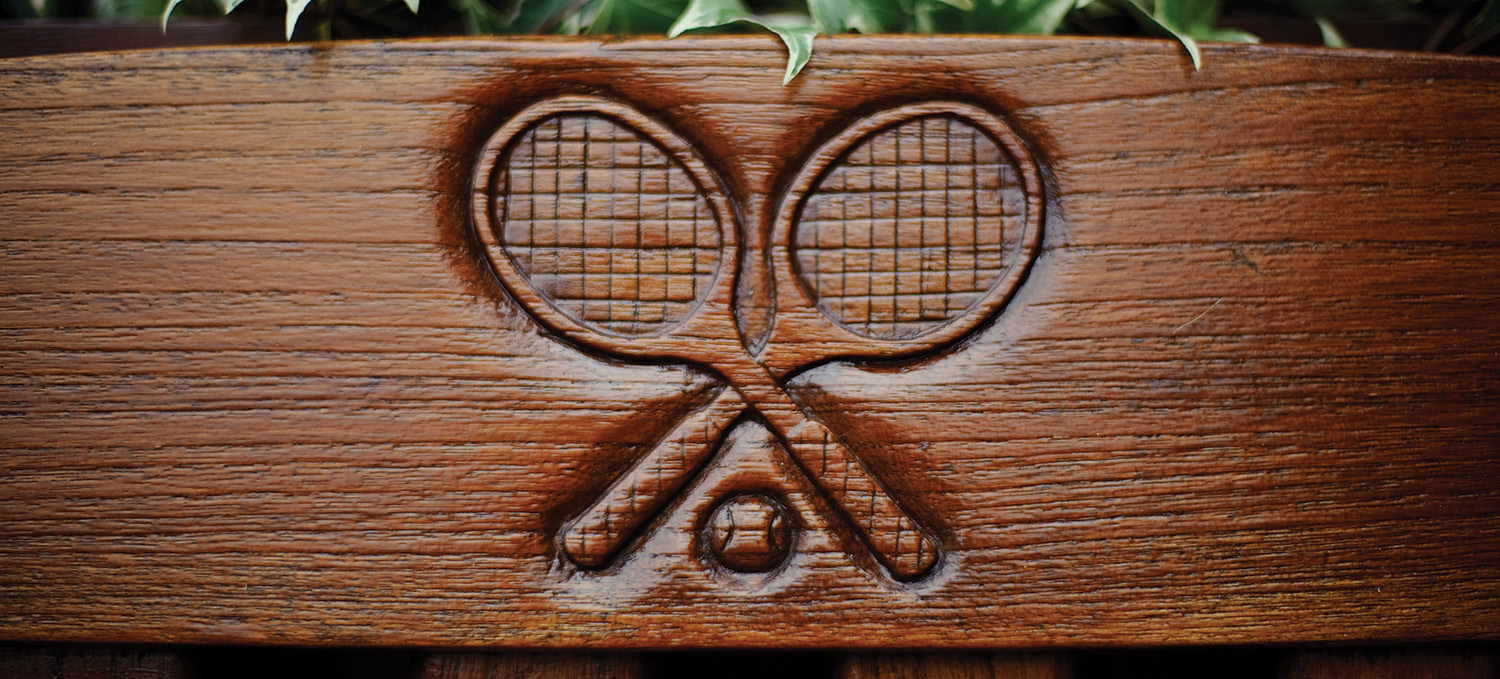
Members also have access to the clubhouse which is essentially a top-class restaurant which, yes, does serve strawberries and cream in season. The interior space is surprisingly sleek and modern—style and class can move with the times—with beautiful views, through its arched windows or from the veranda, of the manicured 13.5 acre site.
If you’ve played well enough to earn a post-game drink, or badly enough to need one, there is an equally airy bar where, sat on one of the Wimbledon green high stools, you will have Royalty for company. The portraits to the right are of the Queen and the Duke of Kent, the club’s president. This is, after all, a club with impeccable connections.
With privilege comes responsibility. Appearances must be kept up. Members are required to uphold high sartorial standards in the clubhouse. Men are required to wear a lounge suit or tailored blazer and “trousers” with a shirt and tie plus dress shoes. Women must dress to a similar grade, although less strictly defined.
A few years ago, with concerns that the line may be slipping, guidelines were sent out to remind members of their responsibilities. Unacceptable dress included jeans, T-shirts, zipper jackets, hoodies, shorts and casual or scuffed shoes. Strapless tops, short skirts and exposed midriffs were also a no-no. The white kit rule on court must be adhered to by members as well as players.
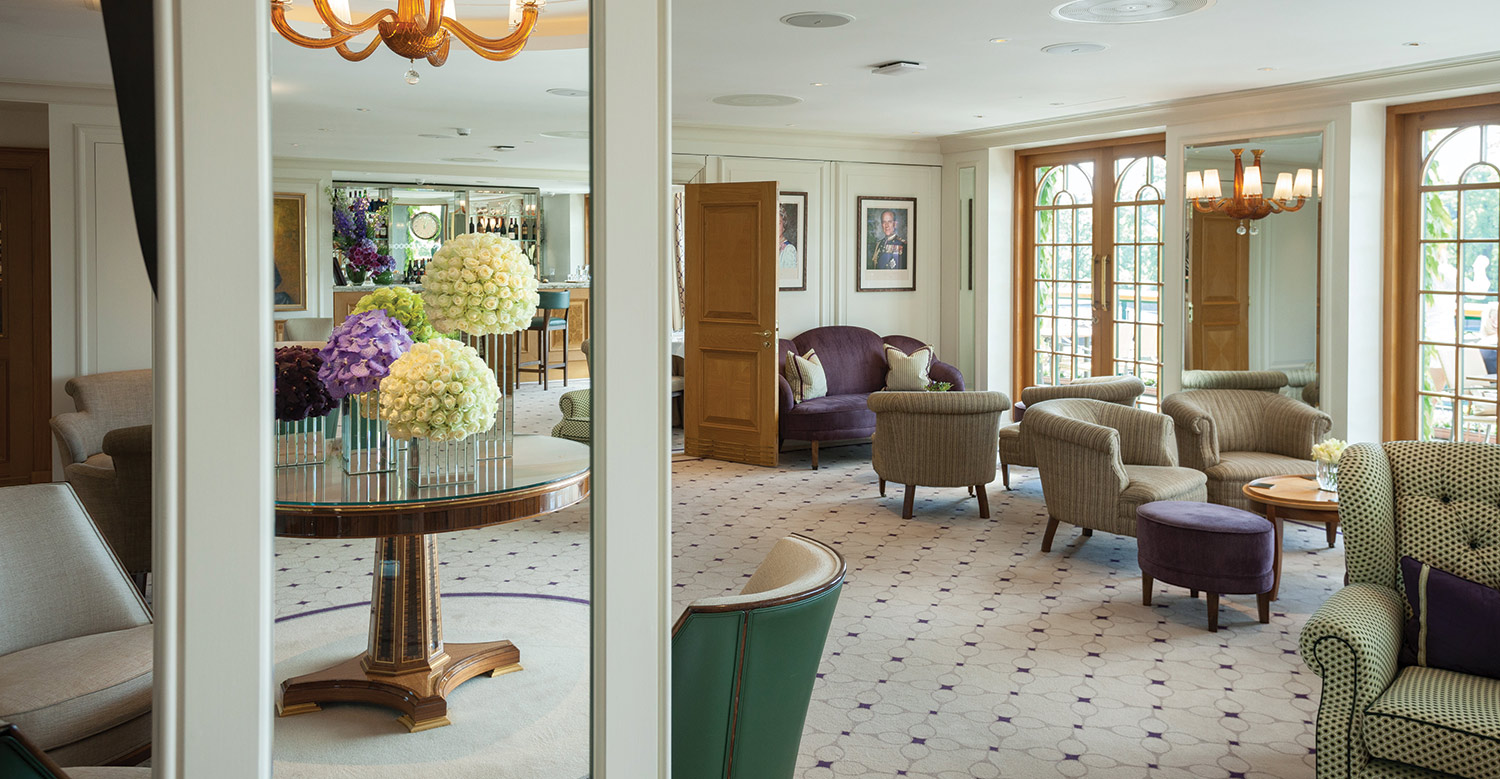
Some can find this adherence to the rulebook stultifying.
Jimmy Connors once complained that: “New Yorkers love it when you spill your guts out there. Spill your guts out at Wimbledon and they make you stop and clean it up.”
But, for most, the customs and convention are part of the allure.
As Sloane Stephens once said: “I think my goal in life is to be a member of the All England Club.”
Walk through the gates and into the Millennium Building, which houses such essentials as the hairdressers and nail bar, and you are greeted by giant images of the respective defending champions, Novak Djokovic and Angelique Kerber, on the pillars inside the entrance. Each has a quote professing their love for this special venue.
Who can blame them? Wimbledon is the place where sport meets garden party. When the Boston Ivy is out and the hanging baskets are in full bloom then the Championships dance an elegant waltz for the cameras.
But when the doors close to the world and the members have their club back, the magic still remains.
The Championships, Wimbledon 2019: July 1 – July 14.

Follow Us On


| Cookie | Duration | Description |
|---|---|---|
| cookielawinfo-checkbox-analytics | 11 months | This cookie is set by GDPR Cookie Consent plugin. The cookie is used to store the user consent for the cookies in the category "Analytics". |
| cookielawinfo-checkbox-functional | 11 months | The cookie is set by GDPR cookie consent to record the user consent for the cookies in the category "Functional". |
| cookielawinfo-checkbox-necessary | 11 months | This cookie is set by GDPR Cookie Consent plugin. The cookies is used to store the user consent for the cookies in the category "Necessary". |
| cookielawinfo-checkbox-others | 11 months | This cookie is set by GDPR Cookie Consent plugin. The cookie is used to store the user consent for the cookies in the category "Other. |
| cookielawinfo-checkbox-performance | 11 months | This cookie is set by GDPR Cookie Consent plugin. The cookie is used to store the user consent for the cookies in the category "Performance". |
| viewed_cookie_policy | 11 months | The cookie is set by the GDPR Cookie Consent plugin and is used to store whether or not user has consented to the use of cookies. It does not store any personal data. |